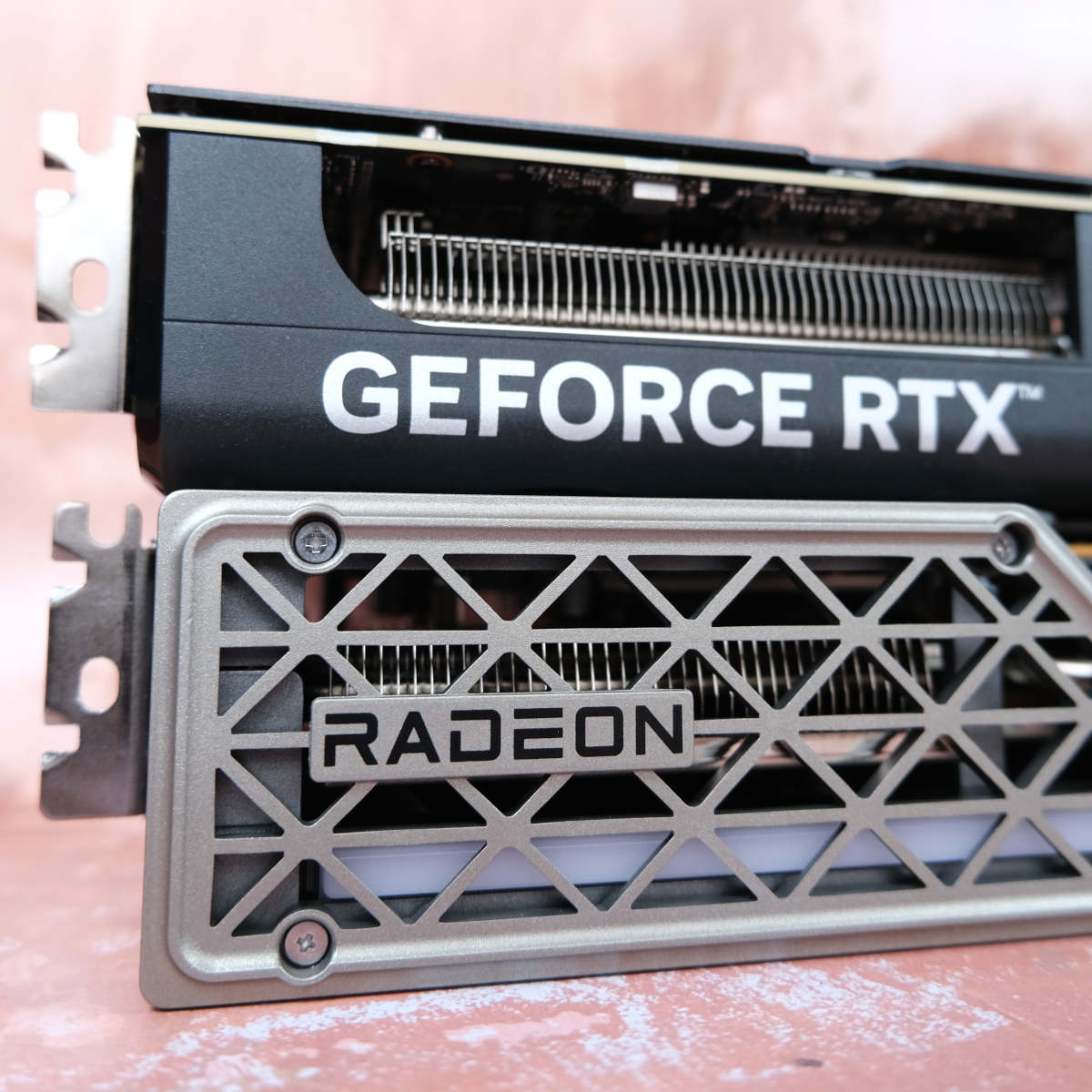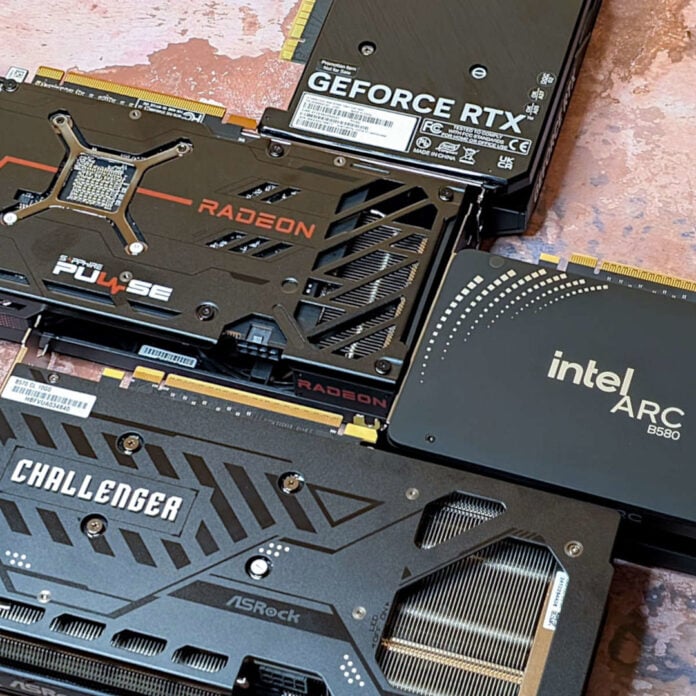Booming memory prices have reportedly forced both AMD and Nvidia to consider hiking the price of their GPUs, and even discontinuing some of graphics card lines in the wake of rising costs. The Korea Economic Daily reports that the two firms are specifically weighing up whether to continue production of “mid-to-low-end gaming graphics cards.” Meanwhile, AMD has allegedly notified board partners that upcoming GPU shipments will come with a price increase, according to recent posts on Board Channels.
Neither AMD nor Nvidia have provided any public comment on potential discontinuations or price rises. However, either path seems entirely plausible given supply constraints surrounding DRAM. As the cost and demand of these chips continues to increase, I suspect it won’t be long until any changes in price materialise either through official announcement or via obviously higher pricing on store shelves. The knock-on effect on PC RAM prices has already been considerable, after all.
Circling back to The Korea Economic Daily’s report, these circumstances may result in some budget darlings, including the Intel Arc B580 and AMD Radeon RX 9060 XT 16GB, becoming unaffordable to prospective buyers. 8GB GPUs such as the Nvidia GeForce RTX 5050 would also become more expensive, but the larger memory capacities of the aforementioned graphics cards naturally make growing DRAM prices more of an issue.
The problem here comes down to profit. Lower-end SKUs like those I’ve mentioned don’t generate as large a return as more-premium alternatives, á la the Radeon RX 9070 XT and GeForce RTX 5090. That’s not forgetting the real money makers either, such as the Radeon AI Pro R9700, Nvidia RTX Pro 6000, and even-larger enterprise offerings. That said, I’m sure none of these products will be exempt from potential price hikes either.

It pains me to stare down yet another shortage of affordable graphics cards. This will mark three GPU generations in a row struggling to overcome a starved market, with cryptocurrency, AI, and now DRAM all playing their part in negatively affecting supply across the past four years or so. Tangentially, these external market forces sting all the more for me personally as neither seem driven by any worthwhile goal.
Of course, it’s not just PC graphics cards that need GPUs. It’s entirely possible that consoles, laptops, and handhelds could see similar price increases as AMD and Nvidia up the cost of their stock. Valve will have to contend with these potential price hikes too, which is perhaps a part of the reason we don’t yet know the cost of the Steam Machine or Steam Frame at the time of writing.
For those seeking upgrade advice in the wake of these rumours, I have a few pointers. If you’re eyeing up a graphics card deal now, I wouldn’t wait to pull the trigger if you can help it. I don’t believe prices will go down any further than they will during 2025’s Black Friday sales for the foreseeable future. I’d also urge you to consider buying a prebuild, or checking out the used market, for an alternative means of sourcing a graphics card.
There are, of course, cloud streaming services like Nvidia GeForce Now and Xbox Cloud Gaming to which you could turn. While these aren’t replacements for a graphics card, the platforms are genuinely great alternatives that will at the very least provide a suitably affordable stopgap while you go to the Winchester, have a nice cold pint, and wait for all this to blow over.
I wish I could say the future looks rosier, but I’m more inclined to say this is the new normal until the industry undergoes sweeping changes. Whether that manifests as an increase in DRAM production capacity from the likes of Micron, Samsung, and SK Hynix, or the AI bubble bursting, is unclear for the moment. Perhaps both will happen.
For more on GPUs, CPUs, DRAM, and other tech initialisms, you’ll find all the coverage you need on the Club386 Google News feed.


